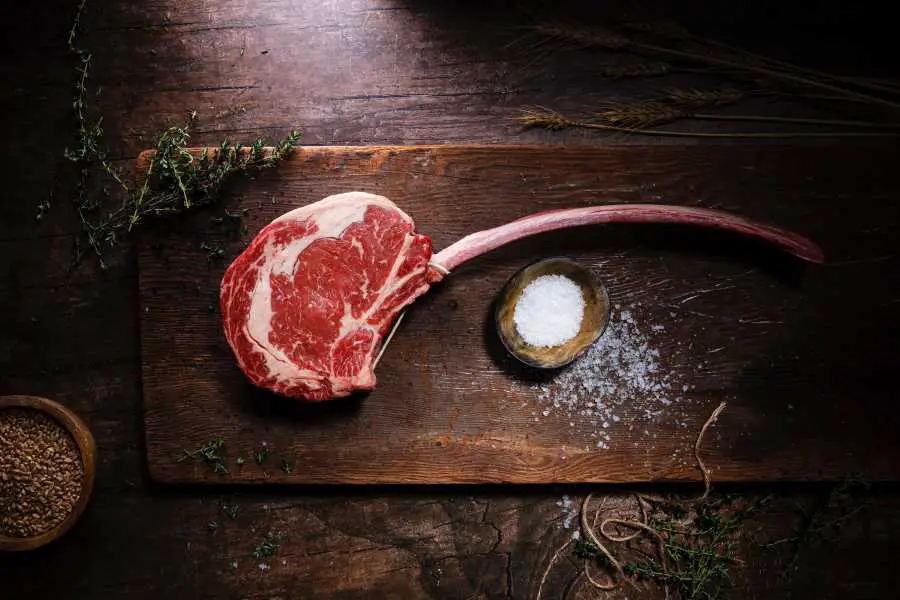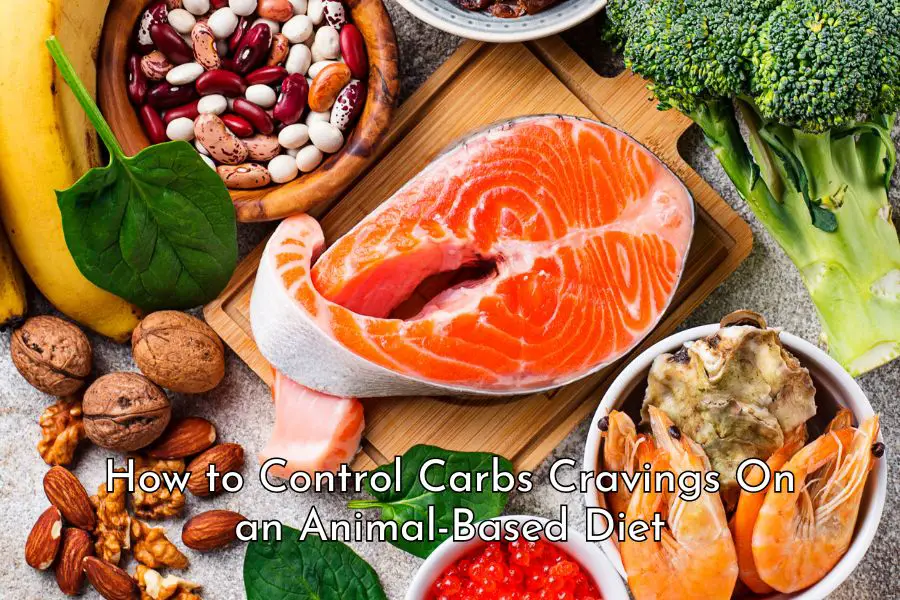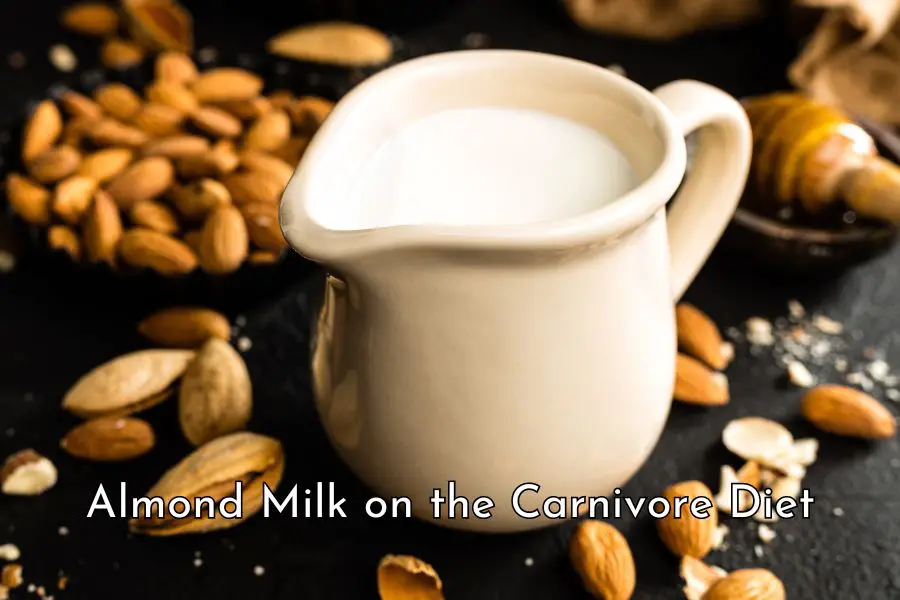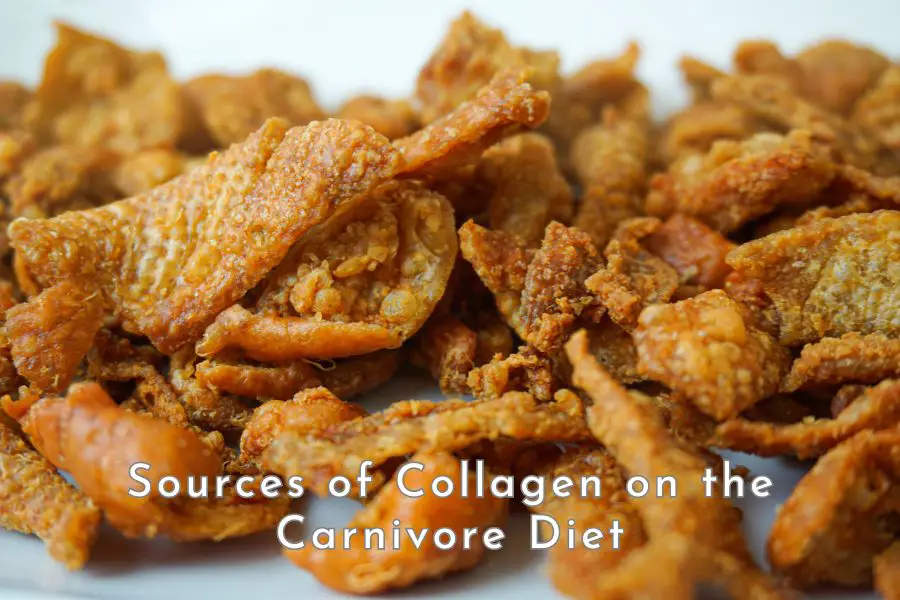Like any other diet, there are healthy and unhealthy versions of the carnivore diet. To get the best out of this diet, follow closely the five healthy eating principles below which is exactly the way our ancestors did for millions of years:
- eat from a wide variety of animal sources to ensure sufficient nutrients
- eat nose-to-tail or as many different parts of an animal as possible
- eat from naturally or well-raised animals as much as you can afford
- eat unprocessed or minimally processed foods
- eat both cooked and raw if it’s safe and you can tolerate.
1. Eat a wide variety for sufficient nutrients
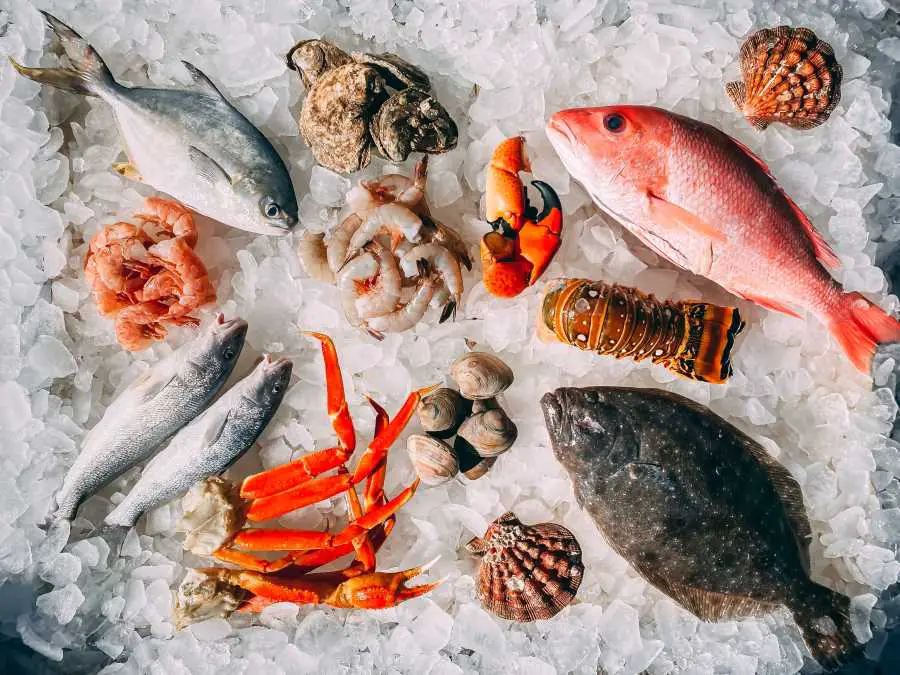
Wide variety for sufficient nutrients
Some people have reported doing great on just beef, salt, and water on the carnivore diet. However, I would argue that, if you don’t have any specific health reasons, such as allergic reactions to seafood, dairy products, eggs, or honey, try to eat from as diverse a range as possible. When you eat a variety of food, you are more likely to get sufficient nutrients: proteins, fats, vitamins, minerals, and other bio-active compounds to meet your body’s needs.
Eggs for folate
For example, while meat is a great source of five B-complex vitamins like thiamin, riboflavin, niacin, vitamin B6, and vitamin B12, it is not a good source of folic acid1. Folate deficiency can cause anaemia which is a condition where your body makes fewer red blood cells than normal. Children of mothers with this condition can have an increased risk of being born with neural tube defects2,3&4.
However, if eggs are part of your diet, they can significantly boost your folate intake when incorporated into your daily meals. Just two eggs will provide 49% of the recommended daily intake of 200µg5&6. And don’t worry about the high level of cholesterol in eggs, there is no evidence that dietary cholesterol increases your risk of heart disease. A study published in the Journal of The American Heart Association using a data set with 37,000 participants over the 1999-2014 period concludes that ‘no significant association was found between egg consumption and mortality in US adults’7.
Seafood for omega 3
Another great example is omega 3 fatty acids. They are so critical for your health because they are an integral part of cell membranes throughout the body. They are important for eye, brain, heart, joint, and mental health, you name it. However, your body can’t make and must get these fatty acids from food8&9.
The recommended daily intake for alpha-linolenic acid (ALA), one of the three main omega-3 fatty acids is 1,600 mg for males and 1,100 mg for females10. A 100 grams or 3.5 oz serving of grass-fed beef will give you only 80 mg of omega 3, whereas the same serving of salmon, herring, and sardine has a whopping amount of 2,260 mg, 2,366 mg and 1,480 mg respectively11&12.
Small fish for calcium
If you can’t handle dairy products, which are a rich source of calcium, whole small fish is a great alternative13. A pressure cooker can turn the fish bones that you would normally discard into soft bones to boost your calcium intake. If you are short on time or don’t own one, canned salmon and tuna are just as good with a very high level of bioavailability14.
That was how our ancestors ate
Our ancestors didn’t eat beef only or exclusively from a particular group of animal food. They ate whatever they could kill or scavenge. They ate large land animals, birds, fish, eggs, honey and supplemented with fruits, nuts, and other plants too for survival purposes.
Tips to get started
We are creatures of habit because it makes our lives much easier. We tend to eat what we grew up with or what others around us tend to eat. Habits are usually hard to change but hopefully not so in relation to extending your food range when you are on the carnivore diet.
The ideal would be to regularly eat a mix from all seven groups of animal foods: ruminants, pork, poultry, seafood, eggs, dairy, and honey if you don’t have any problems with any particular group.
If you’ve been doing that already, great! If you haven’t, try to just expand your food choices gradually and consistently when starting the carnivore diet.
If you have been very much a steak and egg person, next time you go shopping try to get some seafood. Or if you rarely have any red meat for years because of the fear ‘meat causes cancer’ (and no they don’t15), pick some beef, lamb or goat. It surely can’t be that hard, you only have seven groups of animal-based foods to choose from compared to myriads for your fellow omnivores.
2. Eat nose-to-tail for the perfect nutrient ratio
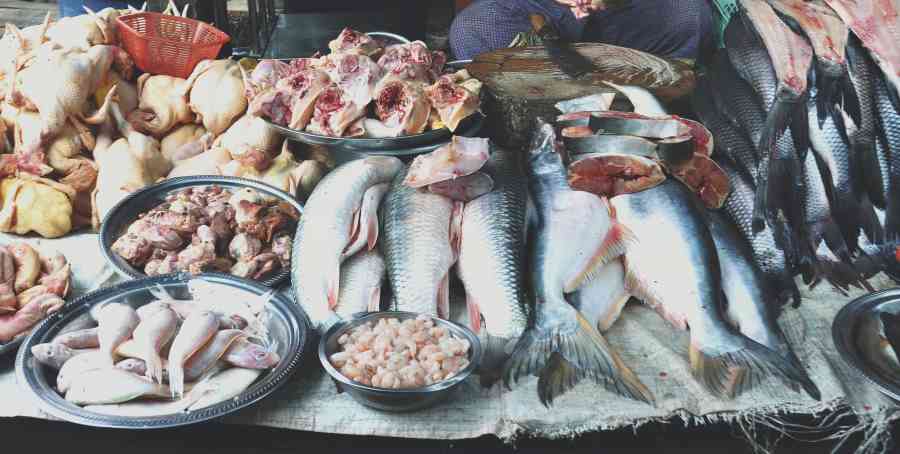
Is there an optimal protein to fat ratio?
Common questions from people who want to start the carnivore diet are what kind of cut is the best, what the optimal protein to fat ratio is, whether they need to eat organ meats and whether they need to supplement.
Dr Ted Naiman, a board-certified Family Medicine physician in the Department of Primary Care at a leading major medical center in Seattle, argues that the optimal ratio of protein to non-protein energy should be approximately one to one16 (eggs and ground beef have protein to fat ratios close to this). He has had great success with improving his own health and that of thousand of his patients.17 Dr Naiman, however, doesn’t follow or advocate the carnivore diet. Weighing about 160 lb (73 kg), he currently has about 200 grams of protein, 100 grams of fat, and 100 grams of carbohydrates a day.18
I completely agree with Dr Naiman that we need to prioritize high-quality protein in our diet because it has higher satiety and a better nutritional profile. However, I have not personally tried to follow this ratio and instead try to eat nose-to-tail as much as I can, I will explain this in more detail below. If you are interested to find out more about the theory behind this ratio and whether it works for you, you can watch this video or read his book where he explains in detail the scientific reasoning for it.
Nose-to-tail for the perfect nutrient ratio
Many followers of the carnivore diet would agree with me that, if you want to make life simple, eating nose-to-tail as much as you can will make sure you get the perfect ratio of all nutrients for your body’s need.
By eating every part of an animal, from the muscle meat, the bones, the tendons, the skins to the organs you will have all the necessary materials you need to build a perfectly healthy human body. If you eat an animal nose-to-tail, for example, a pig or a cow19, 20, 21, 22, 23, 24, 25, 26, 27:
- muscle meat will give you complete proteins for building strong muscle
- fat will give you a perfect source of energy
- bones and connective tissues will give you calcium, collagen, phosphorus, magnesium, potassium, vitamins and minerals (especially in the marrow)
- brain is a great source of omega 3 fatty acids and other nutrients
- liver, perhaps nature’s best superfood, is a great source of folic acid and vitamin A. It also provides all B vitamins in abundance, iron and other minerals
- heart, technically muscle meat, is high in protein and nutrient content. It is also a concentrated source of the supernutrient CoQ10 and also rich in zinc, selenium and phosphorus
- kidney, similar to the liver, is rich in protein, selenium and other nutrients
- tripe is high in collagen protein and has a decent amount of selenium
- tails are rich in collagen protein and iron and have trace amounts of other nutrients.
Nose-to-tail for sustainability
Both proponents and critics of the carnivore diet will agree that eating nose to tail is not only good for your health but also more sustainable and good for the environment.
Nose-to-tail means zero waste. However, that is not the case in practice at the moment for the general population. If you are lucky, you will probably find a few organ meats like liver, heart and oxtails on offer in supermarkets. Offals, the most nutrient-dense foods, are generally discarded and turned into pet foods or fertilizers.
If the nose-to-tail way of eating becomes more popular, it will help lower the cost of animal-based foods and make animal farming more sustainable and environmentally friendly. Eating nose to tail and not wasting any part is also a way of respectfully honoring the animals’ sacrifice.
Many cultures practice nose-to-tail
While organ meats are not considered a staple of the Western diet, they are a big part of many food cultures around the world. You may be surprised to find that in some Asian countries, organs are more expensive than lean muscle meat. Many regional delicacies are prepared with organ meats being the main ingredients.
I remember when I was growing up, meat was very scarce and my big three-generation family would kill a chicken only on a special occasion. The heart, the liver and the kidneys would always be offered to the elderly first, then children and pregnant mothers. And no part of the chicken would go to waste, we ate every part, truly beak to tail. We even saved the feather to sell to vendors so they could turn them into pillow stuffing.
That was how our ancestors ate
If you have to hunt for food rather than pop in supermarkets to get it whenever you need something, you don’t want to waste any part of the catch and that was what our ancestors did unless food was in abundance.
Some cultures around the world that still practice the traditional hunter-gatherer way of life (the Hadza of Africa, the Arctic Inuit, Indigenous North Americans, and the nomadic Australian Aboriginal hunters) intuitively understand the value of organ meats. They either prioritize organ meats over muscle meats when food is aplenty or eat the whole animals.28
Tips to get started
Slowly but surely
As with broadening your choice to include a variety of foods, to practice the nose-to-tail way of eating on the carnivore diet, it’s best to build up slowly.
If you eat chicken and have never eaten anything other than breast and thigh fillets, next time when you go shopping, try drum sticks and wings. They probably taste much better than breast and thigh fillets. Next try to make a bone broth with chicken carcasses, necks and feet. If you haven’t made bone broth before, this brilliant in-depth presentation by Dr Daniel on the health benefits of bone broth will surely make you rush out to get some ingredients. Finally, you can venture into organ meat like liver, heart, gizzard and kidney, one at a time, and see how it goes.
Similarly with beef. Try to get different cuts, make bones broth, then experiment with liver, heart, kidney and stomach.
Supplement if you can’t
Though I don’t advocate it, if nothing works, you can get some organ supplements here. Maybe not as good as eating fresh food, but it is still good for your health and you can support the nose-to-tail sustainable way of animal farming at the same time.
Learn to cook
One thing to note is if you decide to follow the carnivore diet, it is important to learn to cook for yourself. Carnivore takeaways may become a thing in the future but right now it is hard. However, carnivore cooking is super simple. And the good thing about this diet is you will find that you don’t feel hungry very often and so don’t need to snack and the lack of suitable convenient foods doesn’t bother you very much.
3. Naturally or well-raised animals give the best nutrient profile
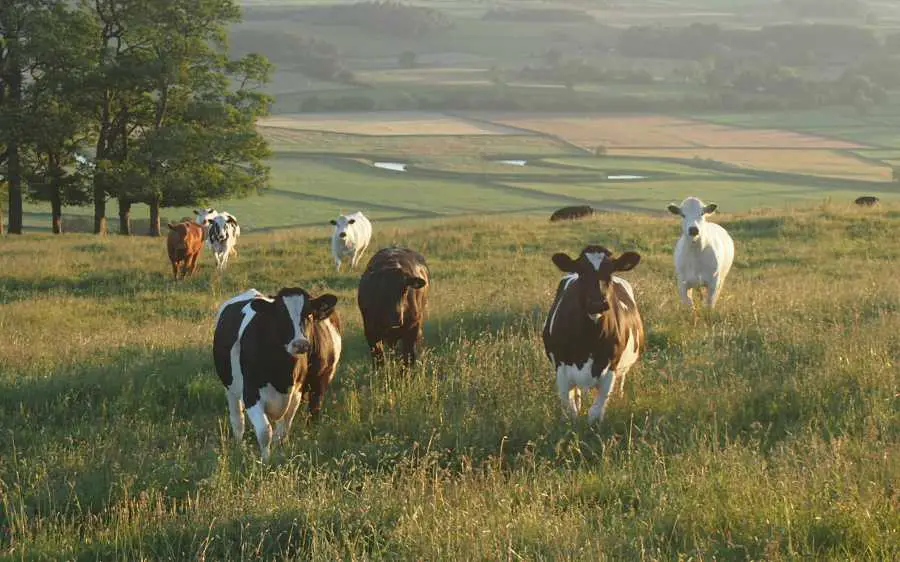
Better raised animals have better nutrient profile
Naturally or well-raised animals such as grass-fed cows, pasture-raised pigs or chickens offer much better nutritional values than conventionally farmed animals.
Pasture-raised eggs are much more nutrient-dense than caged eggs with 2 times more omega 3, 3 times more vitamin E, 7 times more beta-carotene, 2/3 more vitamin A and less cholesterol and less fat29. Pasture-raised or truly free-range chicken is also a better source of protein and tastes better, whereas factory-farmed chicken may lead to hormone disruption and contain anti-biotics30.
This is unsurprising given the fact that factory chickens are usually raised in crowded cages, without any outdoor access, are fed grains and oilseed meals or animal by-product meals. This is very different from the diet of pasture-raised birds which consist mainly of bugs, worms, insects, and grasses.
Similarly, grass-fed beef and wild-caught salmon have better nutritional values than their grain-fed and farmed counterparts. A US trial using 20-month old grain and grass-fed Angus cattle finds that grass-fed beef has three times more omega 3 compared to grain-fed beef. Wild-caught salmon is also higher in minerals and lower in fat, especially omega-6 than farmed salmon.31, 32
Don’t stress if you can’t afford
The nutritional benefits of food from well-raised animals are obvious and it’s a no-brainer which one people would go for if money is not an issue. However, I know many people are struggling on a daily basis to put food on the table so please do the best you can and don’t stress about it if you can’t. There are so many factors affecting your health, food is only one part of it.
If you want to start the carnivore diet and can’t afford to buy grass-fed, free-range, organic, or wild-caught, it’s okay. Take comfort in the fact that, when you eliminate most plant foods from your diet, you have already cut out a lot of toxins such as oxalate, lectin, gluten and tannins. For further information on plant toxins, please read this post where I talk in detail about phytonutrients’ perceived benefits and the risks of consuming them.
Tips to get started
If your budget allows, it is easy to make the switch, just look for those when shopping:
- pasture-raised beef, lamb and goat or other wild-caught ruminants
- pasture-raised pork and chicken
- wild-caught seafood
- pasture-raised eggs
- dairy products from pasture-raised or grass-fed sources
- organic raw honey.
Pasture-raised and wild-caught are the best because the animals are born and raised in the most natural environment and feed on a diet that they are meant to eat. ‘Free-range’ label just means the animals have some access to the outdoor environment but are still fed commercial feeds and antibiotics to prevent or treat diseases. ‘Organic’ label means the animals have outdoor access and are fed organic feed and free from hormones and antibiotics.
Pastured-raised, wild-caught and organic produce are generally more expensive but, if your budget is limited, you can get cheaper cuts, bones and offals where price gaps are much smaller. Also investigate if you can buy bulk from regenerative farms, like a whole cow or pig and share with family and friends.
If you have space in your backyard, consider getting a few chickens. A bit of work but totally worth it. They will eat kitchen scraps, bugs, and grasses and give you fresh eggs every day.
And remember, it’s all about incremental progress. Do the best you can given your personal circumstances and don’t stress about what you can’t control.
4. Eat unprocessed to avoid toxins
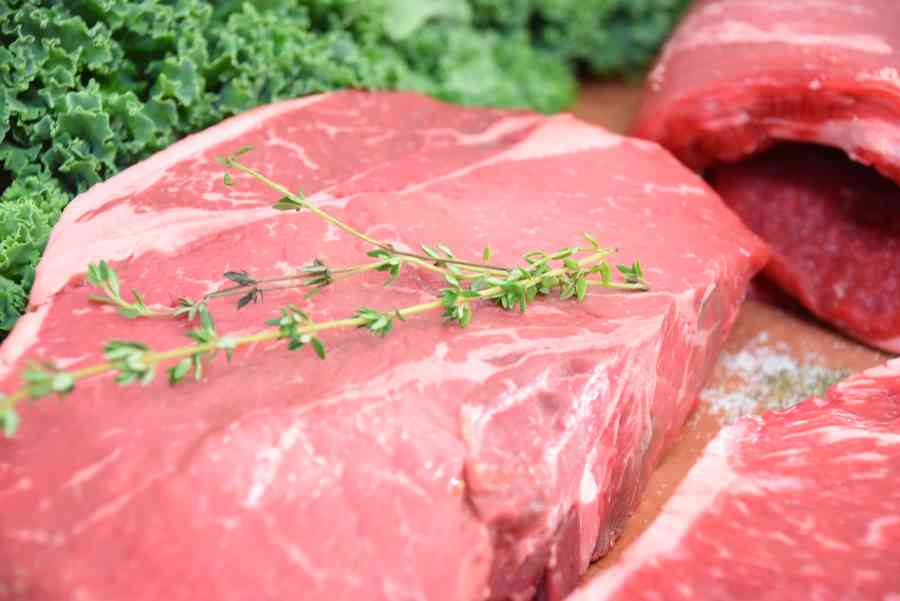
This is one thing that perhaps all doctors and nutritionists can agree upon: unprocessed or minimally processed for preservation purposes is the best.
The modern environment we live in is full of toxins. They are in everything: exhaust fumes, synthetic furniture, carpet, curtains, medications, weed sprays, detergents, cosmetics, cleaning products, packaging, plastic boxes, cups, plates, toys, shampoos, and sunscreen.
If you can cut out added chemicals in your food to the extent of your control, it’d be a great start and it’s not hard to do: just stick to the fresh produce section of the supermarket or buy from farmers’ markets whenever you can.
5. Try both cooked and raw if it is safe
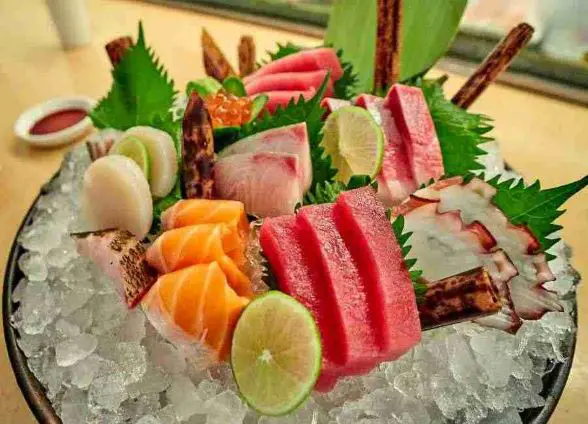
Raw vs cooked is a big topic on its own. Like many other aspects of the carnivore diet, there is no consensus on whether raw or cooked food is better.
Some argue that raw food is better for digestion, satiety and nutrition values. For example, raw meat has a small amount of vitamin C, but this is mostly lost once cooked due to heat. Similarly, raw eggs lose some nutrients when cooked. According to the U.S. Department of Agriculture’s nutritional database, compared to a cooked egg, a raw egg has33:
- 36% more vitamin D
- 33% more omega-3s
- 33% more DHA (docosahexaenoic acid)
- 30% more lutein and zeaxanthin
- 23% more choline
- 20% more biotin
- 19% more zinc.
While raw eggs have salmonella risk, they are considered safe if pasteurized.
Raw milk is also more nutritious34 and definitely safe because it is the only food with built-in anti-pathogen mechanisms. It contains components that help kill pathogens, prevent pathogen absorption, and strengthen the immune system. On the other hand, the pasteurization process destroys many of these anti-microbial and immune-enhancing components.35
Analyzing the US government’s data, Dr Ted Beals finds that during the 11 year period from 1999 to 2010, on average there were only 42 illnesses attributed to raw milk per year and “you are about 35,000 times more likely to become ill from other foods than you are from raw milk“.36
However, there are safety concerns about raw meats such as bacteria contamination and the presence of parasites.
Some prefer to eat cooked meat for taste and safety reasons especially when you don’t know where your food comes from. However, some swear they definitely feel better on a raw carnivore diet.
Our ancestors probably ate a mixture of both cooked or raw. Some tribes that exist till today still eat some organs like the liver fresh after a kill.
It’s more likely than not that you’ve already eaten raw meat before in your life like sushi, sashimi or rare steaks and don’t make a big fuss about it.
The only way to find out whether raw or cooked food works better for you is to try out and make sure you do it safely and know your food sources.
What else can you do for your health?
Exercise for physical and mental health
We are truly born to move like our ancestors who had to for millions of years for their own survival, either hunting, gathering food or running away from dangers.
However, the tremendous advancement in technologies in the last few decades means that the majority of us in the industrialized world are doing much less physical work both at home and at work. For many of us, our work involves sitting long hours at our desk, in front of a computer. We also use a lot of labor-saving devices at home in our daily chores. Most of us drive or use public transport rather than walking or cycling. Many of our leisure activities hardly require serious physical activities.
The answer to this problem is clear: we need to incorporate more movement in our daily life, we need to exercise, it’s not only good for our physical health but also our mental health. We all have busy lives, so much to do but so little time. However, if something is important enough, we’ll find time for it, and I can’t find anything that is more important than our health.
Reduce stress
Our ancestors didn’t live stress-free but their stress was usually short-lived. Their modern offspring, however, is more likely to suffer from chronic stress than not. Mental disorders are on the rise and the solution to these problems are complex. Making sure your body is well-nourished, exercising and meditating are things that you can do on your own to improve your mental health but please seek professional help if you think you’ve got a problem.
Eat less often and fast
Our ancestors didn’t have food available to them 24/7. They ate only when they could catch, scavenge or gather. However, we don’t have any evidence about how often they ate in a day. They could have feasted a few times a day when food was abundant and gone for days without eating anything when food was scarce. But they certainly didn’t have three square meals a day, every day of the year.
One good thing you will find about the carnivore diet is that due to the absence of carbohydrates (or very small amount if you want to include honey and milk), you will feel hungry less often and don’t need to eat very frequently. One or two meals a day are generally enough.
One way to emulate our ancestors’ way of living is to reduce your feeding window to 4 to 8 hours, i.e. practice intermittent fasting which has been shown to have health benefits like weight loss and treat or prevent diseases. 31
Once you get used to a shorter feasting window, you can practice longer fasts, like 48 hours, 72 hours or more (after appropriate consultation with your healthcare provider) which has been found to have significant health benefits. A study of 1,422 people fasting between 4 and 21 days in a clinical setting finds significant health and well-being improvement including weight reduction, lower blood glucose levels, increase in ketone body levels, increase in physical and emotional well-being and an absence of hunger feeling37.
Phytonutrients as acute stressors – your choice
I’ve covered phytonutrients in detail in this post. Phytonutrients are chemicals produced by plants to protect themselves from environmental threats. Basically, they are plant toxins that can cause a lot of health damages.38 They are also very prevalent if you follow the standard American diet. It is estimated that “Americans eat about 1.5 g of natural pesticides per person per day, which is about 10,000 times more than they eat of synthetic pesticide residues.”39
My conclusion is that you don’t need to get nutrients from plants because you can access all nutrients for your body’s needs from animal sources. However, some argue that despite their harmful potentials, plant-based foods are still beneficial because they act as acute stressors40. When you consume plant-based foods, phytonutrients present in those foods actually cause inflammation in your body. In response, your body produces its own antioxidant called glutathione to reduce inflammation.
Personally, I agree with this view, I don’t mind a bit of fruit, vegetables, or a bite of carb occasionally because it trains your body to handle plant toxins. In scenarios where you can’t access animal-based foods, your life would be in danger and when you find yourself suddenly having to eat plant foods for survival, you won’t cope very well.
It is totally up to you if you would like to include a bit of plant food in your diet. The best way to find out is to experiment. You may find that you are okay with a small amount, or you may find that a little bit of spices may trigger a health issue. If the latter is the case, as I mentioned in this post, you can use other forms of stressors like exercise, heat exposure, cold exposure to help you build a stronger, more resilient body.
Conclusion
Many people have reportedly got great results from the carnivore diet. You will do well on this diet if you closely follow our ancestors’ way of living which is what has made us who we are today.
Disclaimer: The information in this post is for reference purposes only and not intended to constitute or replace professional medical advice. Please consult a qualified medical professional before making any changes to your diet or lifestyle.
Note: This article may contain links to products or services. At the time of writing this article, I am not affiliated, associated, authorized, endorsed by, or in any way officially connected with any of these products, services or their providers. I provide these links for information purposes only.

